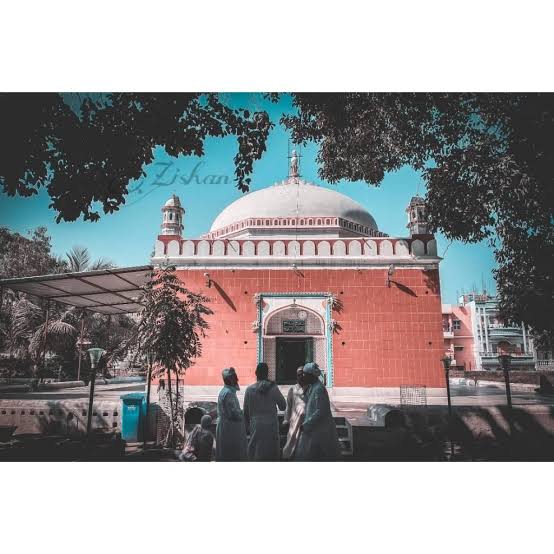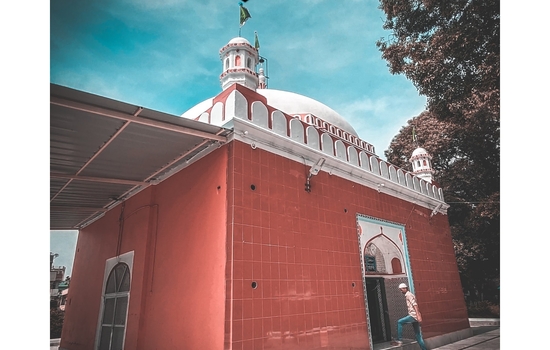

Nestled in the heart of Patna, the capital of Bihar, lies the tomb of Shah Arzani, a revered Sufi saint who lived during the 16th century. Though less known than other historical sites in the city, this mausoleum is a significant piece of Bihar's Islamic architectural heritage. Shah Arzani's Tomb, built in the late 16th century, showcases a harmonious blend of Mughal architectural elements and local building traditions. The most striking feature of the tomb is its octagonal structure, a design often seen in Islamic funerary architecture of the period. This eight-sided shape is an aesthetic choice and holds symbolic significance in Islamic mysticism. The exterior of the tomb is adorned with intricate stone carvings, featuring geometric patterns and floral motifs characteristic of Islamic art. Using local sandstone gives the structure a warm, earthy tone that changes hues with the shifting sunlight throughout the day. One of the unique aspects of this tomb is its roof structure. Instead of the typical dome seen in many Islamic tombs, Shah Arzani's mausoleum features a flat roof with a slight slope. This departure from the norm reflects the influence of local architectural styles on Islamic buildings in the region. The tomb is entered through an arched doorway decorated with calligraphic inscriptions from the Quran and poetic verses praising the saint. These inscriptions, executed in the flowing Nastaliq script, add spiritual and aesthetic value to the structure. Inside the tomb, the space is intentionally kept simple, inviting visitors to focus on spiritual contemplation. The cenotaph of Shah Arzani, covered with a green cloth as is customary in Sufi shrines, occupies the central space. The interior walls are adorned with subtle decorations and more calligraphic inscriptions, enhancing the spiritual ambiance of the tomb. Surrounding the tomb is a small but well-maintained garden, providing a serene space for visitors and pilgrims. This garden, while not as elaborate as the char-bagh gardens seen in grander Mughal tombs, adds to the peaceful atmosphere of the site.Despite its historical and spiritual significance, Shah Arzani's Tomb remains relatively unknown outside of Patna. This has inadvertently helped in preserving much of its original character and spiritual ambiance. The site is particularly important for followers of the Sufi tradition, who visit to seek blessings and spiritual solace. Today, the tomb complex serves multiple purposes. It is a place of pilgrimage for devotees of Shah Arzani, a point of interest for those exploring Bihar's architectural heritage, and a quiet retreat in the bustling city of Patna. During the annual Urs celebration, commemorating Shah Arzani's death anniversary, the tomb comes alive with devotees from various parts of Bihar and beyond. For visitors, Shah Arzani's Tomb offers a unique glimpse into the syncretic culture of mediaeval Bihar, where Islamic and local traditions blended to create a unique architectural and spiritual legacy. It stands as a reminder of Patna's rich history and the enduring influence of Sufi traditions in the region.